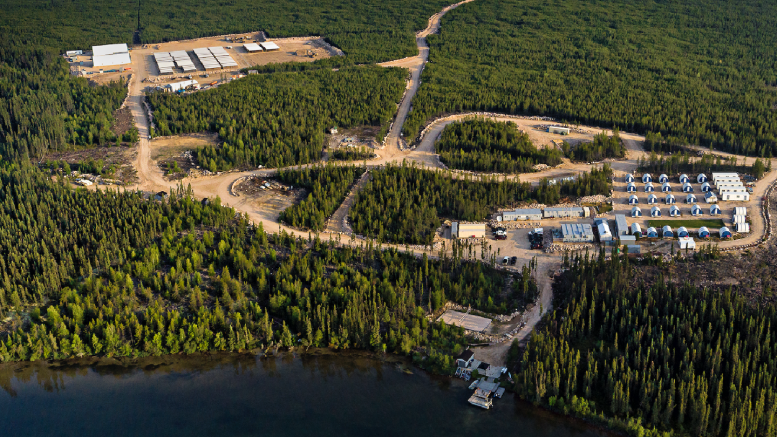
NexGen Energy’s (TSX: NXE; NYSE: NXE) market cap has increased fivefold from last year, pushing it from third to first place in this year’s top ten ranking. The exploration and development company’s valuation has been boosted as the spot price for uranium edged higher in May to pass $32 per lb., and comes after several years in which uranium was trading in the $25-30 per lb. price range.
The company is focussed on developing uranium projects in the southwestern part of the Athabasca Basin of Saskatchewan and Alberta, one of the world’s leading sources of high-grade uranium oxide used in nuclear power reactors. NexGen holds just under 200,000 hectares of land, and includes the largest development-stage uranium deposit in Canada, its 100%-owned Rook 1 project. Rook 1 hosts the Arrow deposit, as well as the South Arrow, Harpoon, Bow and Cannon discoveries.
NexGen released a feasibility study for Rook I in February. The study envisioned an underground mine and a mill, with a mine life of 10.7 years. The initial capital costs for the project are pegged at $1.3 billion. The Arrow deposit at Rook 1 has measured and indicated resources of 256.7 million lb. uranium oxide in 3.8 million tonnes grading 3.1%.
In March, the company closed a C$150 million bought deal financing. NexGen intends to use the proceeds from the offering for general working capital including continued development of the Rook I project. The company also announced in late June that it would list on the Australian Stock Exchange.
Denison Mines
Market capitalization: C$1.3 billion ($1.1 billion)
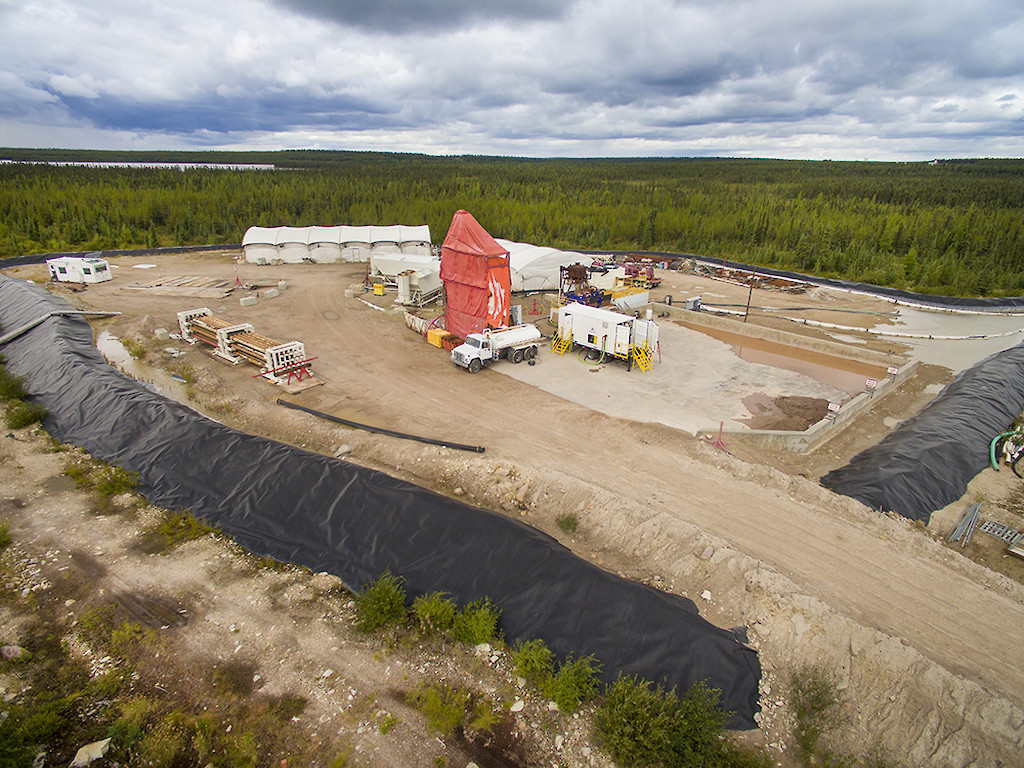
Denison Mines (TSX: DML; NYSE-AM: DNN) is focused on exploring and developing uranium projects in the Athabasca Basin, and has moved from sixth place in last year’s top ten list to second place this year.
Denison’s portfolio is concentrated in the eastern part of the Athabasca Basin, and covers about 280,000 hectares. The company’s flagship asset is its 90%-owned Wheeler River project, the largest undeveloped uranium project in that portion of the basin. The project has two high-grade deposits: Phoenix and Gryphon. Probable reserves at Phoenix are 59.7 million lb. U3O8 from 141,000 tonnes grading 19.1% U3O8, while Gryphon has 49.7 million lb. U3O8 from 1.26 million tonnes grading 1.8% U3O8.
Other assets include the McLean Lake deposit and mill, in which Denison retains a 22.5% interest. The mill at McLean Lake processes ore from the Cigar Lake uranium mine operated by Cameco (TSX: CCO; NYSE: CCJ), which resumed operations in April.
In mid-June, the company announced it was adding to its portfolio by acquiring 50% of JCU Exploration for a cash consideration of C$20.5 million. The other half of JCU, a subsidiary of Japan-based Overseas Uranium Resources Development, will be held by UEX Corp. (TSX: UEX; US-OTC: UEXCF). The deal sees Denison providing UEX with an interest-free, three-month loan of up to C$41 million, half of which will be immediately retired when Denison receives its JCU shares. JCU holds a portfolio of twelve uranium joint venture projects in Canada, including a 10% interest in Denison’s Wheeler River asset.
Filo Mining
Market capitalization: C$1.2 billion ($1 billion)
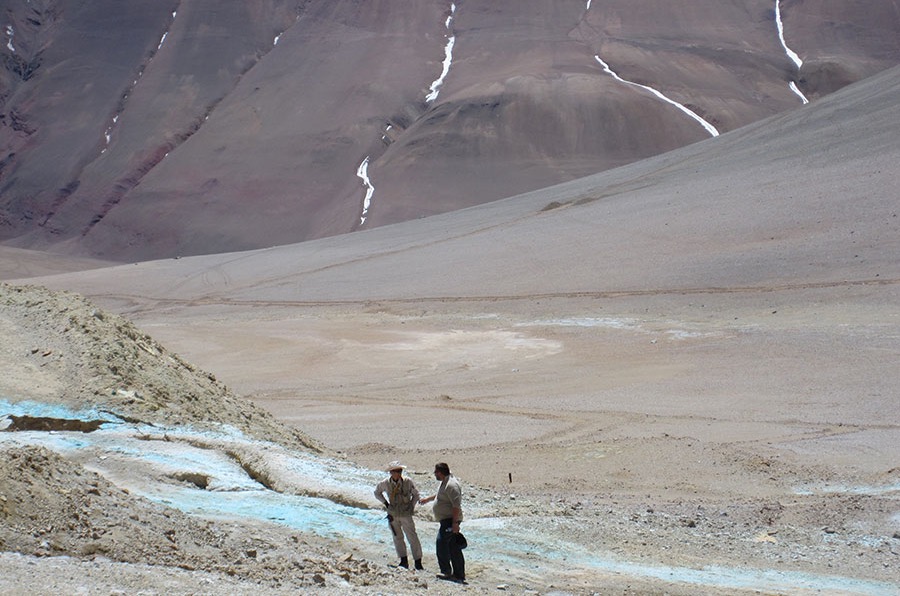
Filo Mining (TSXV: FIL) has seen its market cap soar, pushing it from number eight on last year’s list to third position this year. Part of the Lundin Group of companies, Filo’s key focus is its wholly-owned Filo del Sol copper-gold-silver deposit in South America, a high-sulphidation epithermal deposit associated with one or more large porphyry copper-gold systems.
The project comprises two properties that straddle the border between Argentina and Chile in the Andes Mountains. The Filo del Sol asset is in Argentina’s San Juan province and the adjacent Tamberias asset is in the Atacama region of northern Chile’s Region III. Combined, the two properties span about 14,000 hectares. The assets have indicated resources of 425 million tonnes grading 0.33% copper, 0.32 grams gold per tonne and 10.7 grams silver per tonne for 3.1 billion lb. copper, 4.4 million oz. gold, and for 147 million oz. silver.
In mid-June the company released the results of its most recent drill program at the Filo del Sol site in Argentina. These included the third best intersection on the site to date, measured by copper-equivalent grade-thickness. The drillhole returned 352 metres of 1.16% copper equivalent (0.63% copper, 0.64 grams gold per tonne and 6.7 grams silver per tonne) from 498 metres downhole, within a broader interval of 1,081 metres at 0.88% copper equivalent (0.52% copper, 0.43 grams gold per tonne and 5.3 grams silver per tonne) from a depth of 38 metres.
The company has drilled 15 holes at the Argentinean site this year and plans to resume exploration drilling in August as it ramps up to year-round operations. Filo plans to complete a resource update for Filo del Sol before the end of 2021, incorporating data compiled since 2019 and augmented by work planned for late summer and fall of this year.
Oroco Resource
Market capitalization: C$565 million ($468 million)
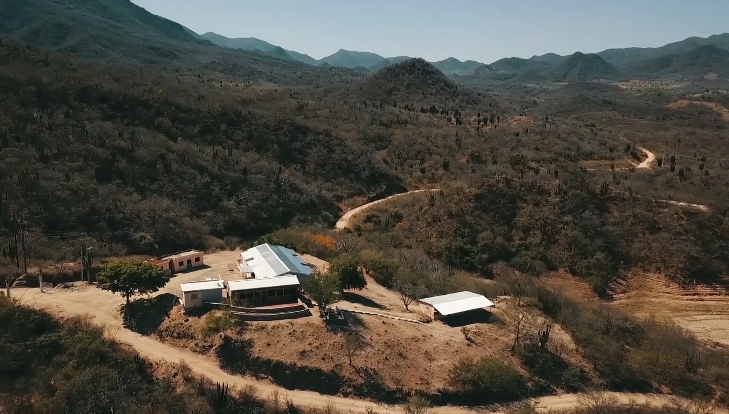
Oroco Resource (TSX-V: OCO) makes its first appearance on the list. The company, founded in 2006, is developing the Santo Tomas porphyry copper project located in the western Sierra Madre mountain range of Mexico, straddling the border between the states of Sinaloa and Chihuahua.
The Santo Tomas project, which is about 9,000 hectares in size, lies within the Laramide belt, a trending copper belt that extends from the southwestern United States into southern Mexico. Oroco holds a net 61.4% interest in 1,200 hectares of core concessions, and may increase that majority interest up to an 81% stake with a project investment of up to $30 million. The company also holds a 77.5% interest in another 7,800 hectares of nearby mineral concessions.
Exploration work at the site done between 1968 and 1994 included over 100 diamond and reverse circulation drill holes, totalling about 30,000 metres. In 2017, Oroco began a comprehensive geological mapping program of the entire area. Two years later the company began improvements to site access and the construction of camp and support facilities, followed in September of last year by a full 3-D resistivity and induced polarization survey of about 10 square km of the property. That survey was completed in March of this year.
In late June, Oroco received approval from the Chihuahua and Sinaloa state offices of the Mexican Secretariat of Environment and Natural Resources to conduct a new drill program at Santo Tomas. Exploration drilling is expected to commence this summer, while an environmental baseline study, water strategy study and permitting studies will also begin. The company plans to expand its footprint by assembling nearby mineral concessions.
Market capitalization: C$519 million ($430 million)
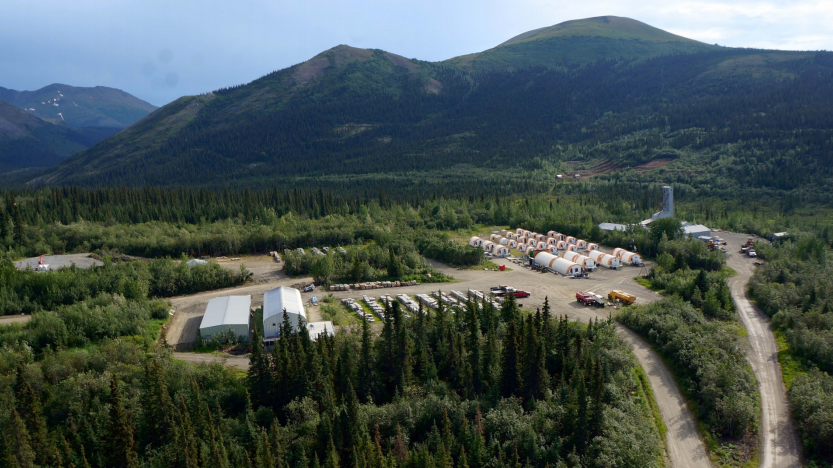
Trilogy Metals (TSX: TMQ; NYSE-AM: TMQ) maintains its fifth position on the top ten list for a second year, although the Vancouver-based junior has seen its market cap increase as copper prices have risen. The company is advancing exploration at its Upper Kobuk projects in Alaska’s Ambler mining district, located 470 km northwest of Fairbanks.
Trilogy has amassed 173,000 hectares in its Alaskan land package, with the two most advanced projects being the Arctic copper-zinc-lead-silver project and the Bornite copper-cobalt project.
A feasibility study on the Arctic project released in August 2020 envisioned a conventional open pit mine and mill complex and projected a 12-year mine life. Initial capex is estimated at $905 million. At an operating rate of 10,000 tonnes per day, the study forecast average annual payable production of 155 million lb. copper, 192 million lb. zinc, 32 million lb. lead, 32,000 oz. gold and 3.4 million oz. silver.
Arctic has probable reserves of 43 million tonnes grading 2.24% copper, 3.12% zinc, 0.54% lead, 0.47 grams gold per tonne and 36 grams silver per tonne.
The Bornite copper-cobalt deposit is located about 25 km southwest of the Arctic project, and the company’s current activities are focused on exploration. A 2018 feasibility study for Bornite estimated indicated resources of 40.5 million tonnes grading 1.02% copper for 900 million lb. copper, with an additional 142 million inferred tonnes grading 1.74% copper for 5.5 billion lb. copper.
The 2021 exploration program at Upper Kobuk prioritizes infill drilling at Arctic as well as metallurgical and targeted condemnation drilling. The company intends to expand exploration work within a 3-5 km radius of the Arctic deposit with the goal of seeking nearby copper-rich satellite deposits.
Global Atomic
Market capitalization: C$518 million ($429 million)
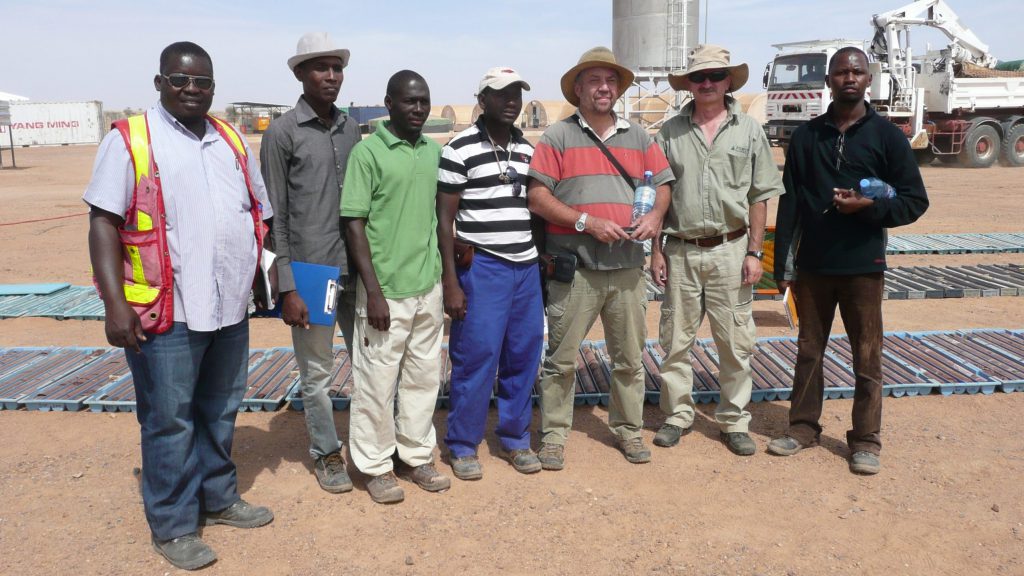
A newcomer to the top ten list this year, Global Atomic’s (TSX: GLO; US-OTC: GLATF) flagship Dasa project, discovered in 2010, is a large, high grade uranium deposit in Niger. Located 120 km north of Agadez, Niger’s second-largest city, Dasa is 12,240 hectares in size and is planned initially as an underground mine, with the potential for future open pit operations.
In a preliminary economic assessment released in May 2020, Dasa was assessed with an overall life of mine (underground and surface) of 14 years, with peak production of 4.4 million lb. U3O8 annually. Dasa has an indicated resource of 3.12 million tonnes grading 0.62% U3O8 for 42.5 million lb. of contained uranium, and inferred resources of 0.69 million tonnes grading 0.34% U3O8 for 5.2 million lb. contained uranium. Of that, the total mineralized material to be milled is estimated at 4 million tonnes grading 0.54% U3O8 for 48 million lb. of contained uranium.
The PEA estimated an initial capex for Dasa of $203 million, with an additional $73.4 million allocated as sustaining capital over the life of the mine. The capex earmarks $67 million for a processing plant. The mine’s operating costs are estimated at $4.12 per lb. of U3O8 ($45.06 per tonne processed) and are based on an owner-operator model.
Western Copper and Gold
Market capitalization: C$406 million ($336 million)

Western Copper and Gold (TSX: WRN; NYSE: WRN) makes its debut on the top ten list this year. The company is solely focused on developing its 100%-owned Casino copper-gold project in Canada’s Yukon Territory, located 300 km northwest of the capital of Whitehorse within the Dawson Range of mountains. It consists of 21,300 hectares of quartz claims and 490 hectares of placer claims, situated on both Crown land and within the traditional territory of the Selkirk First Nation.
Planned as an open pit mine with a 120,000 tonne-per-day concentrator and a 25,000 tonne-per-day gold heap leach facility, Western has been working up the project since 2008. The company completed a preliminary economic assessment for Casino in late June. The PEA forecast an after-tax net present value (at an 8% discount) of C$2.3 billion and an after-tax internal rate of return of 19.5%. Cash flow over the first four years of operation is estimated at C$965 million per year, based on metal prices of $3.35 per lb. copper, $1,600 per oz. gold, $24 per oz. silver and $12 per lb. molybdenum. The project’s initial capital investment is C$3.25 billion and the PEA estimates average annual metal production of 178 million lb. copper, 231,000 oz. gold, 1.4 million oz. silver and 17 million lb. molybdenum, over a 25-year mine life.
Casino has measured and indicated resources (both mill and leach material) of 2.4 million tonnes grading 0.14% copper and 0.19 grams gold per tonne for 7.6 million lb. copper and 14.5 million oz. gold.
In May, Rio Tinto Canada, a subsidiary of Rio Tinto (NYSE: RIO; LSE: RIO; ASX: RIO), invested $25.6 million for an 8% stake in Western. The company intends to use the funds for economic studies and permitting, as well as commencing an exploration diamond drill program at Casino comprising roughly 5,000 metres in 12 holes.
PolyMet Mining
Market capitalization: C$396 million ($328 million)
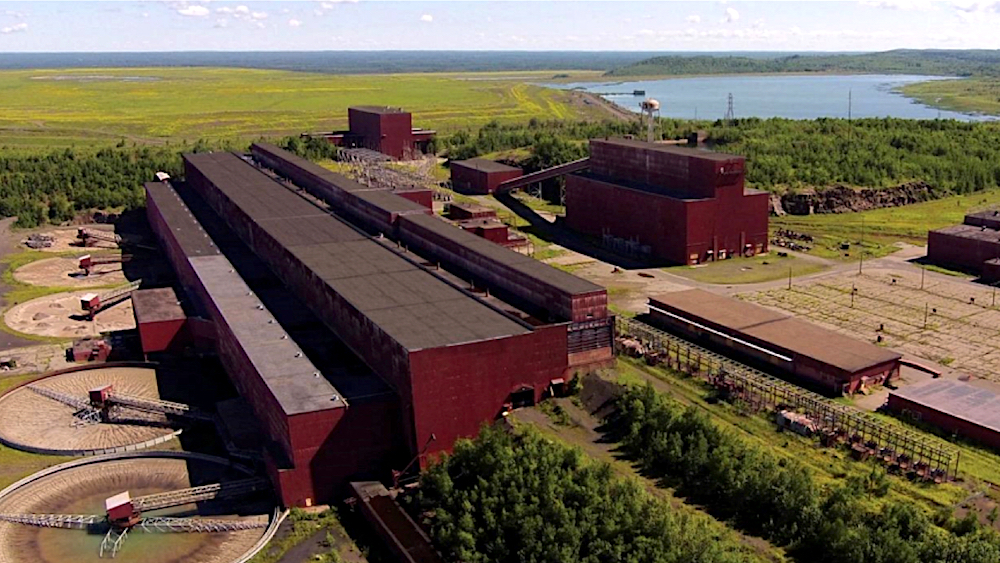
PolyMet Mining (TSX: POM; NYSE-AM: PLM) has slipped from fourth place on last year’s top ten list, as the Toronto-based junior struggles to get its 100%-owned copper-nickel NorthMet project approved.
NorthMet is located 110 km north of Duluth in Minnesota’s historic Mesabi Iron Range. The company envisions an open pit operation that would be Minnesota’s first copper-nickel mine. NorthMet is also the first large-scale project to be moving forward in the region. It has measured and indicated resources of 795 million tonnes, grading 0.234% copper and 0.07% nickel, and inferred resources of 457.7 million tonnes grading 0.236% copper and 0.067% nickel. The company says the project also has marketable reserves of palladium, cobalt, platinum and gold.
The project has faced a number of hurdles, however, including opposition from environmental groups and local activists opposed to the project. In early June, the U.S. Environmental Protection Agency released results from its evaluation of the project, saying NorthMet may affect the water quality on lands belonging to the Fond du Lac Band of Lake Superior Chippewa in Minnesota, as well as potentially impact some streams in the adjacent state of Wisconsin. PolyMet expects that ongoing litigation related to the project will continue until at least the end of this year, but says it remains committed to advancing the project.
Foran Mining
Market capitalization: C$394 million ($326 million)
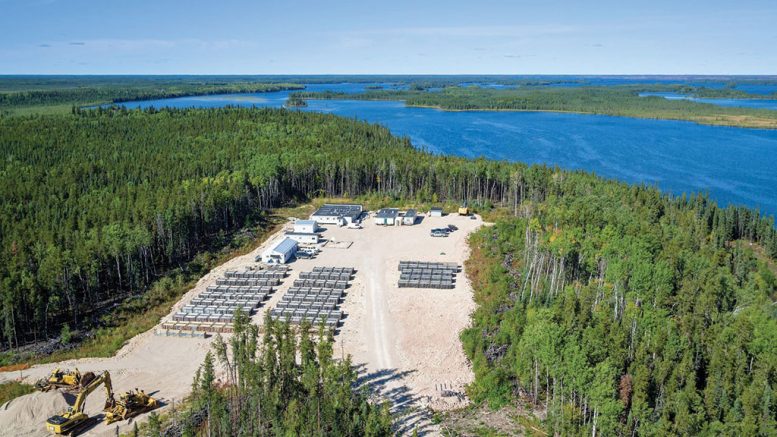
Copper-zinc development company Foran Mining (TSXV: FOM) makes its first appearance on the top ten list this year. The company’s flagship is the McIlvenna Bay project in the Hanson Lake volcanogenic massive sulphide (VMS) district of east-central Saskatchewan, part of the Flin Flon Greenstone belt. Foran also has a number of other assets in the region, including Bigstone, Balsam and Hanson Lake, plus interests in several other nearby properties.
The 20,400-hectare McIlvenna Bay property is wholly owned by Foran, and the company released a prefeasibility study for the project in April 2020. The study outlined a C$261 million underground mine with a nine-year life and on-site processing facilities, producing an average of 89.2 million lb. zinc and 27.9 million lb. copper annually. Pre-production capital costs were pegged at C$261 million, with C$339 million in sustaining costs.
The company released assay results in March from two infill holes drilled as part of a 30,000-metre program. One of these holes returned an 8.7-metre interval grading 1.14% copper, 4.94% zinc and 16.58 grams silver per tonne from a massive sulphide unit. It also returned a 7.7-metre interval of 1.21% copper, 1.23% zinc and 9.86 grams silver per tonne from the copper stockwork zone.
Foran says it hopes to make McIlvenna Bay the world’s first carbon neutral copper mine. The company has committed to reporting its emissions and intends to purchase verified offsets for the carbon emitted from all exploration activities over the past 10 years at the property.
In late May, Foran announced it had secured a deal with Fairfax Financial Holdings for a C$100 million investment, subject to shareholder approval. The company intends to use the funds to advance exploration work at McIlvenna Bay with an expanded drill program as it works to complete a feasibility study by late 2021.
Fission Uranium
Market capitalization: C$354 million ($326 million)
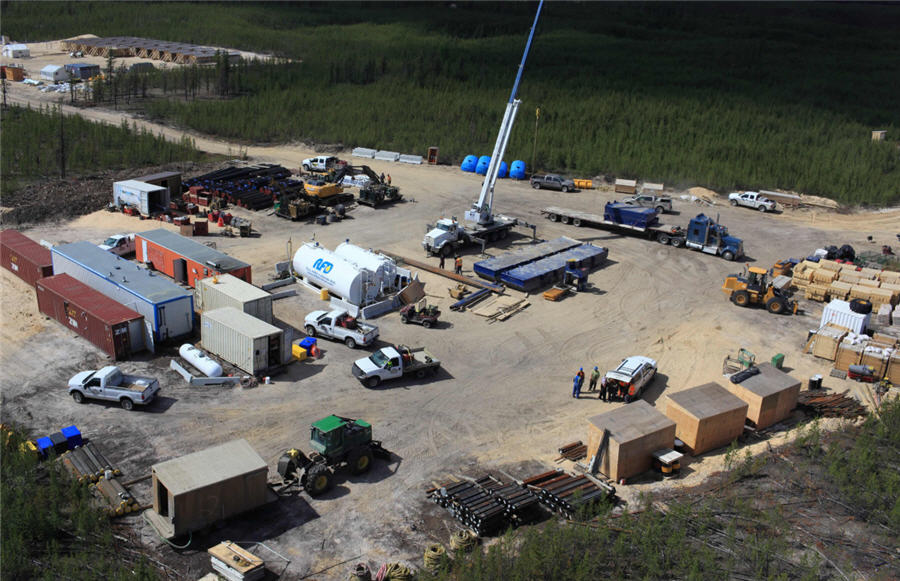
Fission Uranium’s (TSX: FCU; US-OTC: FCUUF) market cap has more than quadrupled since last year’s top ten list, and retains its number ten position this year. Based in Kelowna, B.C., Fission’s main asset is the Patterson Lake South (PLS) uranium property located in the southwestern part of the Athabasca Bain in Saskatchewan.
Situated 550 km northwest of Prince Albert, the 100%-owned project covers claims totaling 310,000 hectares, including the primary Triple R deposit, a near-surface deposit that currently has five identified mineralized zones. A 2019 prefeasibility study for PLS envisioned an underground mine with a six-year lifespan producing a total of 2.3 million tonnes of mineralized material grading 1.61% U3O8, for 78.7 million lb. of U3O8. Indicated resources for the project are 2.2 million tonnes grading 2.1% U3O8 for 102.4 million lb. contained U3O8, and inferred resources stand at 1.2 million tonnes grading 1.22% U3O8 for 32.8 million lb U3O8.
The company closed a C$34.5 million bought deal offering in May, and in June announced it was commencing a feasibility study for PLS, with the first phase being additional fieldwork and a 42-hole drill program (12,640 metres) at Triple R.
More mining intelligence is here.
(This article first appeared in The Northern Miner)




